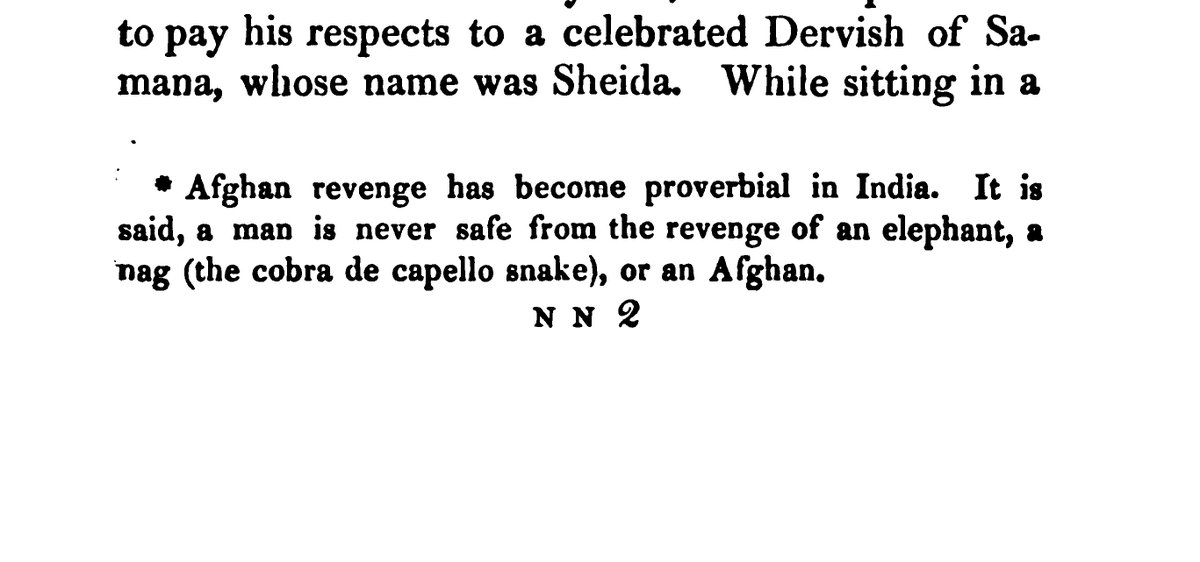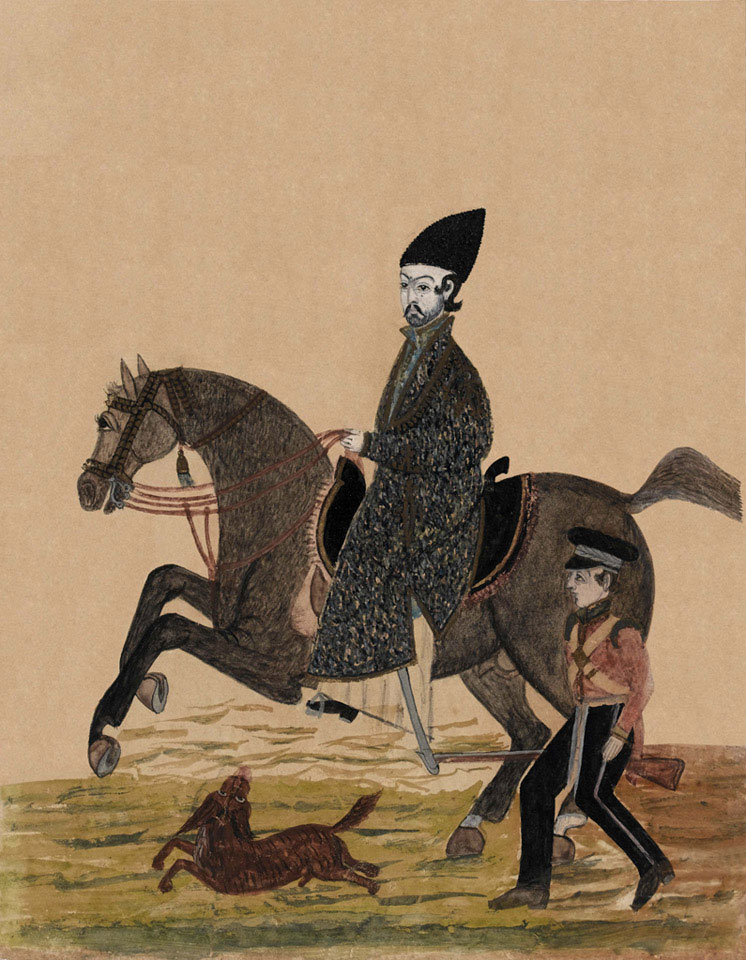
The Pashtun code of revenge against the wrongdoers became a proverb in India.
John Briggs in 1829 writes: "Afghan revenge has become proverbial in India . It is said , a man is never safe from the revenge of an elephant , a nag ( the cobra snake), or an Afghan".
John Briggs in 1829 writes: "Afghan revenge has become proverbial in India . It is said , a man is never safe from the revenge of an elephant , a nag ( the cobra snake), or an Afghan".
So this famous saying in the Rambo III movie is not an invention by some Hollywood writer. It is based on an old proverb from India.
Afghanistan is not a "Graveyard of empires". My blogpost :
historyofpashtuns.blogspot.com/2021/07/afghan…
historyofpashtuns.blogspot.com/2021/07/afghan…
• • •
Missing some Tweet in this thread? You can try to
force a refresh













